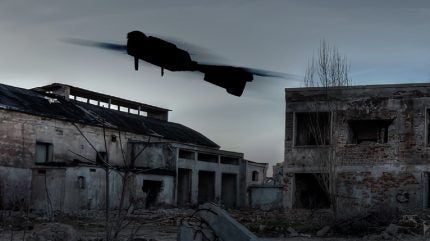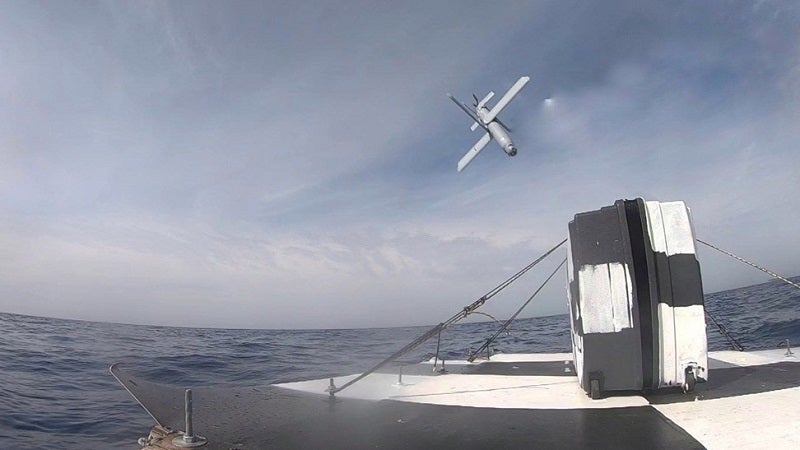
AeroVironment, Anduril and Teledyne FLIR – three leading US autonomous system manufacturers – were selected to provide the US Marine Corps (USMC) with systems under the ‘Organic Precision Fires – Light’ (OPF-L) programme.
Collectively, the suppliers won a combined contract value worth $249m – or $8.9m, $6.4m and $12m respectively. The US Department of Defense (DoD) selected these companies from a pool of eight suppliers in an open competition on 15 April 2024.
This little known programme comes under a wider transformation of the Marine Corps to develop a family of precision fire systems that can be used at the small-unit level, such as rifle squads and platoons – otherwise referred to as the ‘organic’ level of operations.
The USMC hopes to achieve this by using loitering munitions. These are aerial weapons capable of staying in the air while they search for a target, and some are capable of returning to base in the case of unsuccessful target identification.
“The flexibility, adaptability and breadth of our proposed OPF-L platform will boost small unit lethality across the large target set Marines must confront in today’s battlespace,” explained Dr Jih Fen Lei, executive vice president and general manager of Teledyne FLIR.
According to the USMC’s Force Design 2030 update from June 2023, there are three different OPF variants: Infantry, Mounted and Light versions. “We are moving too slow in OPF,” the document suggested.
How well do you really know your competitors?
Access the most comprehensive Company Profiles on the market, powered by GlobalData. Save hours of research. Gain competitive edge.

Thank you!
Your download email will arrive shortly
Not ready to buy yet? Download a free sample
We are confident about the unique quality of our Company Profiles. However, we want you to make the most beneficial decision for your business, so we offer a free sample that you can download by submitting the below form
By GlobalDataIn June 2021, the DoD selected Mistral and UVision’s loitering munition for the ‘Mounted’ version. The team is responsible for integrating its system onto the Light Armored Vehicle-Medium, Joint Light Tactical Vehicle and Long-Range Uncrewed Surface Vessel.

Now, the USMC are pursuing a ‘Light’ loitering munition variant, which the three latest competitors will produce, deliver, test and maintain for the service over the next two years.
Teledyne FLIR will deliver the first 127 loitering munitions to the Marines for test and evaluation later this summer. The company states that the contract has a five-year performance period with a three-year option.
The global military uncrewed aerial vehicles (UAV) market is valued at $11.1bn in 2023, according to GlobalData intelligence. This figure is projected to grow at a compound annual growth rate of 5.4% over the forecast period. It is expected to reach $18.9bn by 2033 and cumulatively value $174.4bn in the same period.
Notably, loitering munitions make up a considerably small percentage of the market, which is led by medium-altitude, long-endurance systems and high-altitude, long-endurance systems.







